Oracle Team USA flying to efficiency
Published on June 13th, 2016
By Dave Reed, Sailing World Magazine
Yes, the racing, the athletic sailors sprinting across flying platform, and the capsizes are fascinating for the casual America’s Cup fan, but the true fascination is embedded deep in the science forged by each team’s technology partners, of which Oracle Racing Team is flush, including BMW and aeronautics giant Airbus.
On the morning of the first races of the Louis Vuitton Cup World Series Chicago, Airbus’ Executive Vice President Engineering Charles Champion and Oracle Racing Team’s Ian Burns delved into the tools the two teams, as well as SoftBank Team Japan are using to develop their America’s Cup Class boat (the ACC boat is 15 meters long, 49.2 feet) for next year’s match. Here’s what we learned from Oracle’s veteran director of performance.
About foil control systems:
We have up to 100,000 lines of code to program the control systems. It’s a level of complexity that is one of the areas of the competition that we’ve been given free range within certain parameters on automation.
About stable flight:
It’s a real challenge because we’re limited by the length of the daggerboard and rudders to 2 meters. Stability is slow. The more stable the foil package is the more energy that’s slowing the boat down, so having a good control system and having a fast control system and a smarter control system as we can get is important.
About structural components:
If you look at the wings of the Airbus A350 and the shape of the daggerboards, there are parallels. We have similar composite problems in making it strong enough to withstand the loads. The whole weight of the boat is sitting on the foil, and in some cases only a small part of it, so it needs to be strong but made as thin as it possibly can.
About foil efficiency:
The easiest solution is usually the slowest and the highest drag solution. The new thing for us is we go to speed fast enough to boil the water on the daggerboard and rudder, which is cavitation. The easiest way to reduce that is to make the foil thinner. The engineers want to make it thicker, so it’s a balance. A 10-percent reduction in the thickness of the foil, which is a large reduction in strength, can give you 1 to 3 knots boost in top speed before you cavitate. On the first reach that difference will get you to the mark in front. The margins are small, but you don’t need much to get an edge, a cross or an overlap that will make a difference.
About using Airbus facilities for structural load testing of the foils:
We had a beautiful look at the board breaking, and used tomography, which is a process that Airbus owns a machine, which allows us to do this. You can actually see inside the object and trace the failure right to the source, which is a unique opportunity.
About hydraulic efficiency:
We brought the allowable pressure in the rule down to 5,000 psi to try and get the relationship of automotive and aeronautical companies that are using the same type of equipment. We used to be at 10,000 psi and very few companies and parts are made at that level. It’s very expensive for small gains in performance.


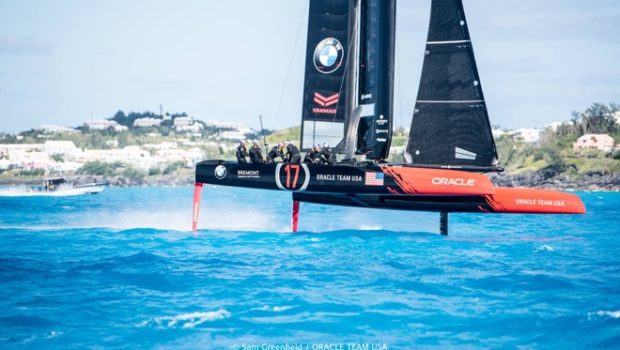


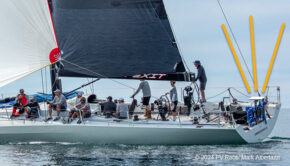
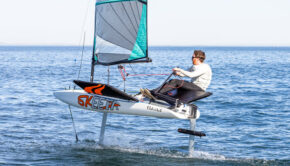
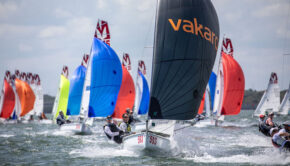
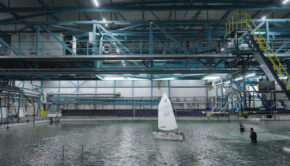
 We’ll keep your information safe.
We’ll keep your information safe.